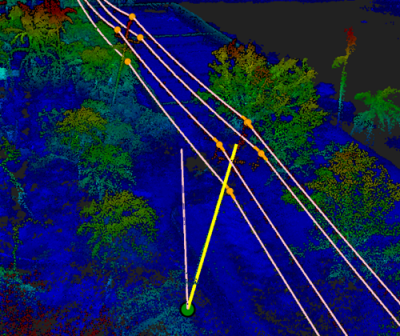One of the great selling points for 3D data acquisition is that it allows people to know their environments more intimately. To have an exact digital replica of your plant, or your crime scene, or your construction site is to know its every millimeter in a new and different way. How big is that space? How far away is that shell casing? Those are questions to which you can know the answer in seconds.
But we don’t think often that 3D data capture can allow your digital devices, the machines and buildings around you, to know YOU more intimately.
Such is the line of thinking triggered by a great blog put together following CES by Robert Scoble (I recommend following him on Twitter, as well), Rackspace’s startup liaison officer, whose job it is to basically be constantly seeking out the new and exciting. He’s completely geeked-up by the new PrimeSense sensor, which is more accurate than the one they licensed to Microsoft for the Kinect and yet far smaller and able to be implanted in just about any electronic device anywhere. He called it a “world changing 3D sensor.”
“World changing” is big talk. Here’s a video where he gets pretty enthusiastic:
And, no, it’s not just for consumer applications. Get a load of this:
At CES I had dinner with execs from GM and Ford and they are thinking about how to use these sensors in cars. Both to personalize the car (with a sensor like this they could tell you are sitting in drivers seat) but also to do things like wakeup alarms if you are falling asleep while driving. Also, hand gestures will be more efficient in many ways than voice systems, particularly for moving around user interfaces.
What about an alarm that goes off if someone is about to turn the wrong valve out in the field? What about a sensor system that has the design as its database and is constantly checking what’s being built against the design and alerts upon deviation? What about a sensor on every vehicle in the yard that alerts upon proximity to a human-shaped object?
Many of these new applications may also rely on having an accurate picture of reality from which to start. The active sensors might need to rely on that digital representation of truth in order to notice when something’s going wrong. And the data they collect can be stored and interrogated in any number of ways.
Scoble puts it this way: “The sensual, contextual age of consumer electronics is here, ready or not.” But why would it stop at consumer electronics?





